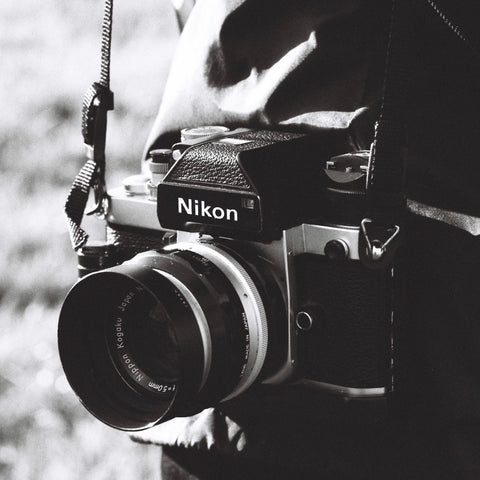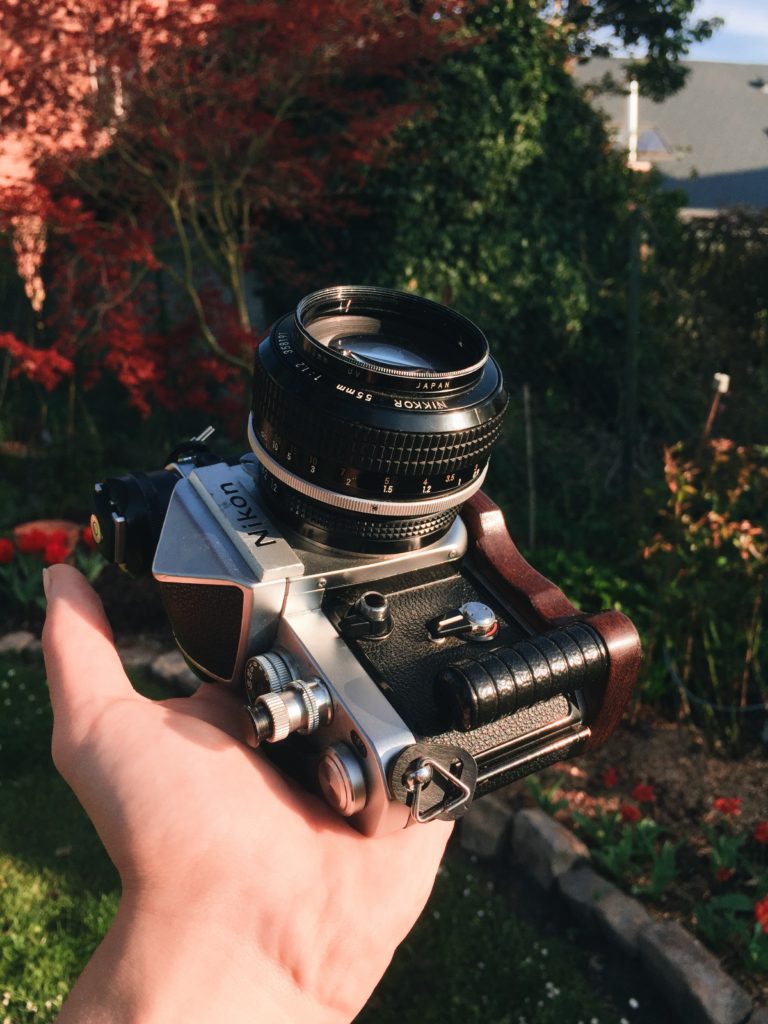
My first film camera was the trusty Nikon F2 that my mother passed down to me. This sturdy hunk of metal is part of Nikon's F series, their professional line of cameras. The F2 is a no-nonsense workhorse. Produced from 1971 to 1980, it was the innovative successor of the original Nikon F.

Melbourne on Superia 100 using the 21mm f/4
A brief history of the F series
All F-series cameras with the exception of the F6 (the last Nikon film camera in production) are system cameras. System camera's were a must for the professional photographers of the film era.
So what is a system camera? They're are based on a single modular body with interchangeable components. This meant that the basic camera body could stay the same whilst professionals could build the ideal camera setup for the task at hand. There were a plethora of focusing screens, metering heads, drive accessories, and much more.
The F2 is a fully mechanical 35mm SLR that can be configured for any shooter. Do you prefer a gridded screen over a split image? Would you rather use a waist-level finder over a prism? The F2 does it all. It's no surprise that this was the go-to camera for professionals in the 70s and even in the 80s, after the release of the F3.
Shooting the F2
I've been using the F2 for the better part of five years now. It's a camera you know you can trust. It isn't particularly light or small but it's the camera I reach for when I need reliability over anything else. That aside, the F2 is simply a joy to shoot. The winding lever has a fairly short throw, making it easy to wind on quickly between shots. The shutter makes a satisfying clack with each shot.

For the last 50-odd rolls I've almost exclusively used a 50mm lens. Nikkors are sharp, sturdy and uncomplicated. Being one of the older F cameras, the F2 also gives you access to all the older non-AI lenses. These are often cheaper than the more recent AI or AI-S lenses. Older Nikon glass arguably has more character than the modern AF Nikkors.
The early lenses might not have the most sophisticated coatings but their image quality is stellar. The classic 105mm f/2.5 (made famous by McCurry's Afghan Girl portrait) is a joy to use and fairly inexpensive to acquire. Alternatively, the non-ai 50mm f/2 (nicknamed the 'Japanese Summicron') or f/1.4 can both be found for quite cheap.
I swapped out the DP-2 metering head for a DE-1 plain prism. This made it a little smaller and lighter and made the viewfinder a little nicer to look through. My only other additions were a soft release and a wooden grip, making it a little more ergonomic.
Having a good strap is a must if you're shooting for long periods of time. I use a wide, slightly elasticated strap that cuts most of the weight.
All in all, it's a camera that will never die on you. It has access to a wide selection of amazing lenses. It's a simple camera, perfect for both professionals and beginners alike.

Franzi on Portra 800 using the 55mm f/1.2 

Williamstown on Superia 100 using the 55mm f/1.2 
Perth on Tri-X using the 105mm f/2.5
Tech specs for the nerds
- Mechanical shutter from 10s to 1/2000s (still one of the fastest mechanical shutters) with X sync at 1/90,
- depth of field preview and mirror lock-up
- Nikon F mount, compatible with the Non-AI, AI and AI-S lenses,
- compatible with older non-retrofocus ultra-wide lenses with mirror locked up
- 18 compatible focusing screens, including original F screens
- different 'heads' include 5 metered prism versions, a plain prism, a waist-level finder, an action finder and a chimney finder.
- swappable backs included primitive data backs and magazine backs that accomodate 250-750 exposure rolls.
- flash is compatible via AS-1 hot shoe adapter

